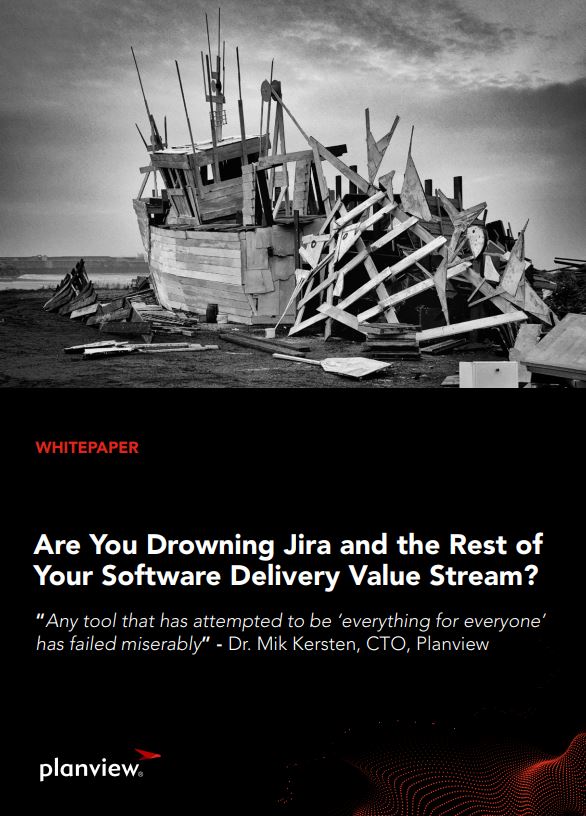In the ever-evolving landscape of enterprise software delivery, the traditional notion of consolidating all specialist stages into a single tool is no longer viable or effective. On the contrary, attempting to funnel excessive workflows into a singular tool, like Jira, can inadvertently negate the productivity advantages it offers.
Recognizing that various teams, from product and PMO to test, QA, and service desk, require specialized tools for different stages within the software value stream is essential. Moreover, industries with stringent regulatory requirements demand end-to-end traceability and a unified source of truth, which cannot be fully achieved by a solitary tool.
The solution is to combine the best tools and build a flexible system that an adjust to changes in the market.
In this whitepaper, you'll learn:
- The limitations of depending solely on a "single tool" strategy in software delivery and its adverse effects on efficiency and productivity
- Why a single tool, like Jira, will never be able to accommodate the extensive toolchains, use cases, and dependencies required by traditional organizations
- Why Jira is not well-suited for comprehensive test management, portfolio management, and importantly, requirements management in large-scale enterprises
In the ever-evolving landscape of enterprise software delivery, the traditional notion of consolidating all specialist stages into a single tool is no longer viable or effective. On the contrary, attempting to funnel excessive workflows into a singular tool, like Jira, can inadvertently negate the productivity advantages it offers.
Recognizing that various teams, from product and PMO to test, QA, and service desk, require specialized tools for different stages within the software value stream is essential. Moreover, industries with stringent regulatory requirements demand end-to-end traceability and a unified source of truth, which cannot be fully achieved by a solitary tool.
The solution is to combine the best tools and build a flexible system that an adjust to changes in the market.
In this whitepaper, you'll learn:
- The limitations of depending solely on a "single tool" strategy in software delivery and its adverse effects on efficiency and productivity
- Why a single tool, like Jira, will never be able to accommodate the extensive toolchains, use cases, and dependencies required by traditional organizations
- Why Jira is not well-suited for comprehensive test management, portfolio management, and importantly, requirements management in large-scale enterprises

